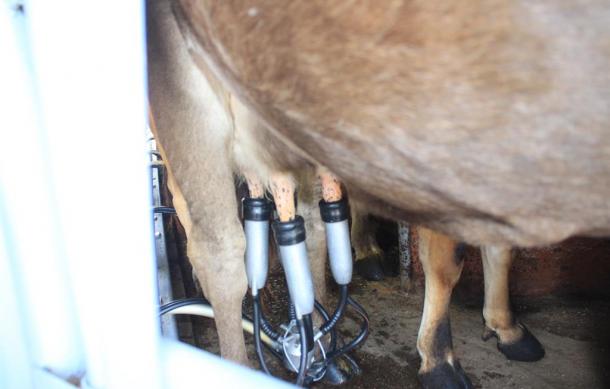
The Ministry of Agriculture, Water, and Land Reform will set up dairy value chain development schemes as pilot projects in the Otjozondjupa and Omaheke regions.
These pilot projects are part of the measures recommended to save the dairy industry from collapse.
This was revealed by the Chief Agricultural Scientific Officer, Dr. Jorry Kaurivi, during the launch of the pilot project at Gobabis.
Each region will receive N$2 million to establish dairy value chain development plans.
These schemes have to develop the rural dairy industry, based on small and medium-scale production systems, as the project seeks to link rural milk production to formal markets.
Dr. Kaurivi emphasized that dairy production in rural areas has the potential to significantly contribute to poverty eradication because it can be practiced intensively at the household level.
Furthermore, Dr. Kaurivi says that the scheme will support a modern, self-sustaining dairy industry to meet the country's milk and dairy product needs.
"Now, the Namibian government has thought about and brought forth this project to have a market share within Namibia that would not only sustain the agricultural sector in general but the livestock sector in particular, to address the food shortage in Namibia. Laterally, we are saying that whatever we consume, we should be producing here, and dairy products are one of them. The project is scratched out for the Namibian people by the Namibian government and is directed toward the communal farmers, resettled farmers, and emerging commercial farmers in Namibia, meaning that it is not as restrictive as the other projects and is more open to many Namibian people."
Dr. Kaurivi urged existing communal, resettled, and emerging commercial dairy farmers in the region to make use of the given opportunities.
It is expected that after piloting in these two regions, the project will be expanded to other regions across the country.
"We are also looking for farmers to organize themselves into cooperatives, associations, or groupings so that the quantity of milk we get from a single hotspot or area is quite significant and economically viable for the farmers who produce milk."





